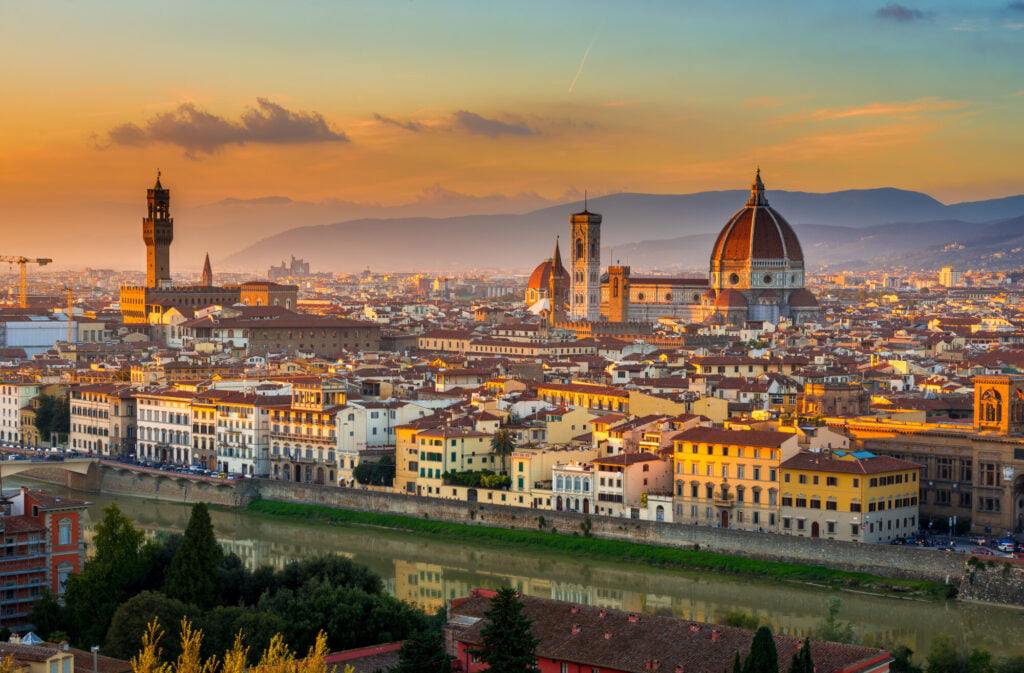

Many movements, such as the American National American Woman Suffrage Association, that sought to grant women the right to vote and ensure greater participation in political life were born in the Anglossassone world between the second half of the nineteenth century and the early twentieth century, particularly in that region. or the Women’s Social and Political Union, headed by Emmeline Pankhurst, and the British National Union of Women’s Suffrage Societies, led by Millicent Garrett Fawcett.
These groups, which saw periods of success during their existence, tended to be representative of the middle class and the bourgeoisie and were politically moderate or liberal. The circumstance first caused the socialist movements in Europe and America, which were not short of activists endorsing similar cases, to view these demands as less significant and of lower importance than, say, the wage and economic demands of male workers.
In this context, the VII Congress of the II Socialist International was held in Stuttgart, Germany, from August 18–24, 1907, with 884 delegates from 25 different countries in attendance. Among them were the leading Marxist figures of the day, including the Russians Lenin and Martov, the Frenchman Jean Jaurès, and the Germans Rosa Luxemburg, Clara Zetkin, and August Bebel. The female question and the right to vote for women were addressed at that time, in addition to the issue of how one should respond in the case of a European war and the topic of colonialism.
Congress passed a resolution on the latter subject, in which the socialist parties pledged to
“[…] Loting vigorously for the introduction of the universal suffrage of women, without allying themselves with the bourgeois feminists who claimed the right of suffrage, but with the socialist parties fighting for the suffrage of women”
The French academic Françoise Picq claims that Zetkin desired this position in order to highlight the distinctive characteristics of the socialist women’s movement and set it apart from other groups that were already in existence at the time.
Two days later, on August 26 and 27, 58 delegates from 13 countries attended an international conference of socialist women, where it was decided to establish an information office for socialist women. Clara Zetkin was chosen as secretary, and the magazine she created, Die Gleichheit (equality), became the organization’s official organ.
The United States’ “Woman’s Day” (1908–1909)
to remember these wonderful woman every year in Florence, like in all Italy the museum the 8 of March are totally free for all woman of every age. We are making a free tour of Florence that start from Santa Maria Novella square, so if you want discover the beauty of this renaissance City come with us to immerse in the Italian and in particularly Florentine culture.



